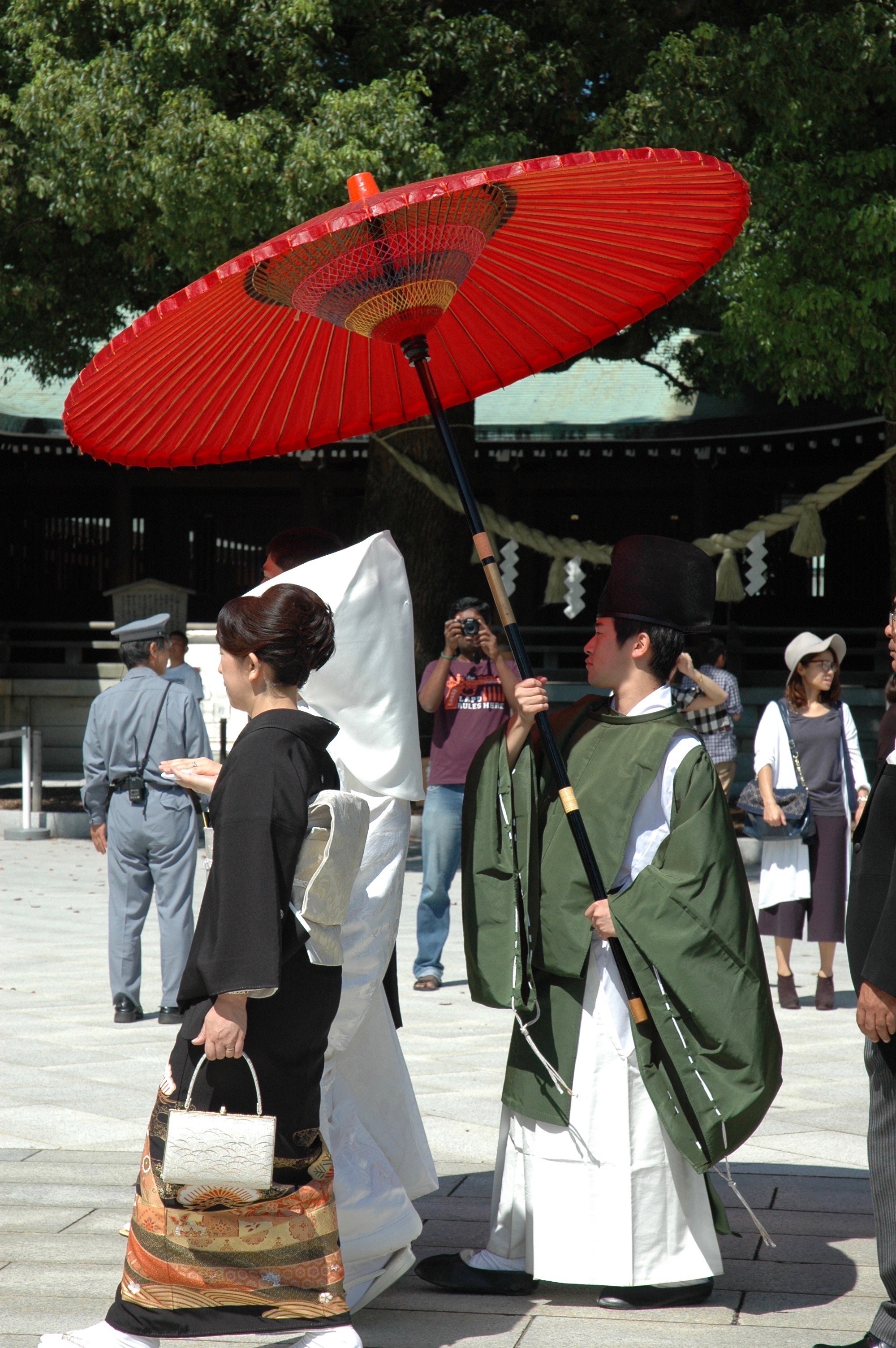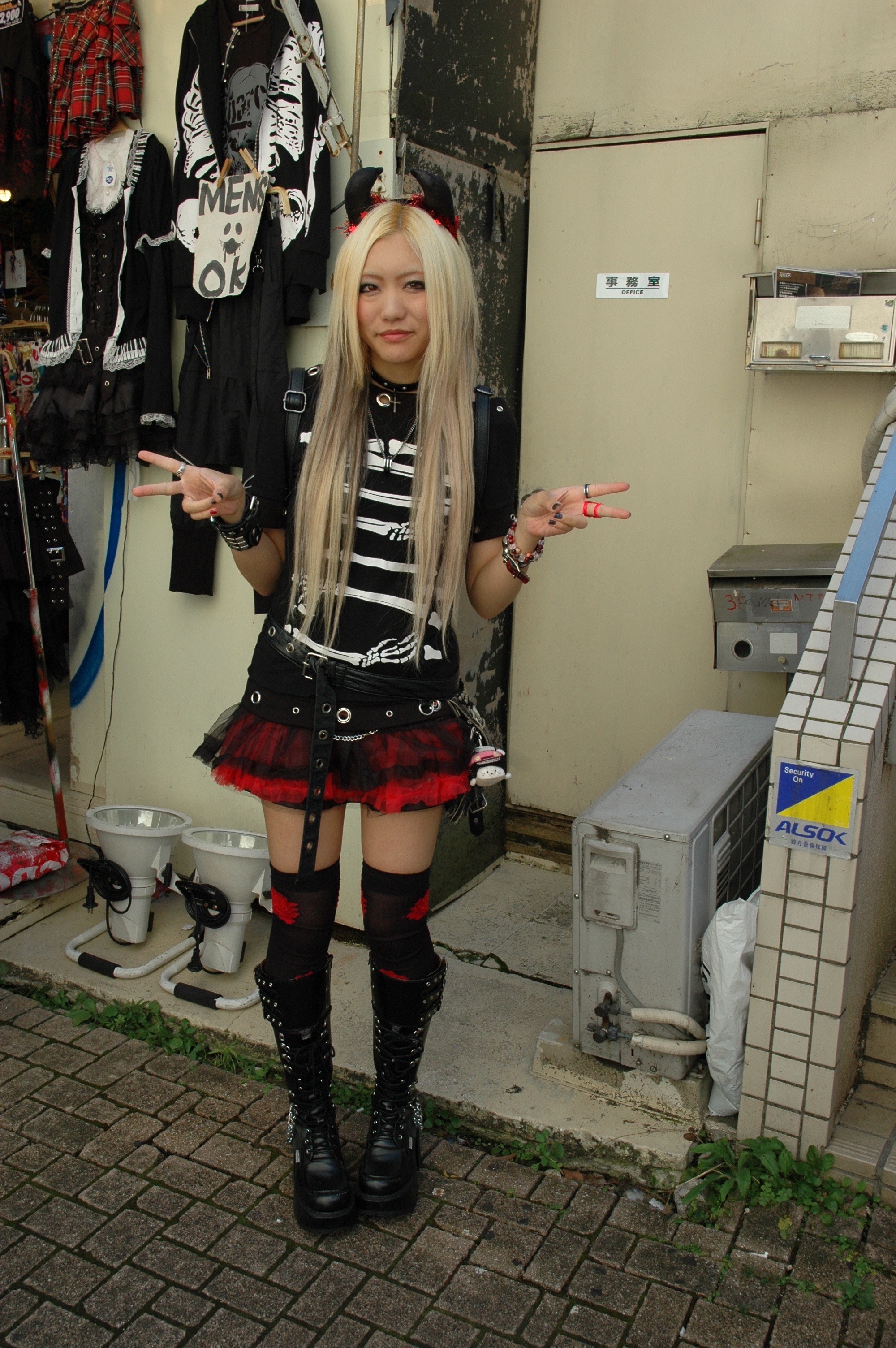A half-day visit to the verdant Meiji Shrine and the nearby Takeshita-Dori in Harajuku will give you an insight into the stark contrasts and contradictions of modern Japan.
For years, I’ve delighted in the wild and wacky youthful (and sometimes not-so-youthful) street fashions and cosplay found in Japanese cities. I should confess that I have indulged in some of the more benign trends, such as the knee-length ‘loose socks’ and a pair of chunky boots (possibly worn with the socks) that I loved so much, but would have struggled to get away with back home. I’m not sure I’ve ever been forgiven for the embroidered green woollen shorts I once wore, that wouldn’t have been too out of place on the legs of a lonely Austrian goatherd. But I digress…
One of the prime places to view this youth fashion being worn by living, breathing Japanese youth is Takeshita Street (Takeshita-Dori) in Harajuku. This is one of several locations around Tokyo where young people gather in large numbers to show off their fashions and partake in street culture. Fruits Magazine documented this scene for 20 years. Read this interesting article for more images and information. The best days to see young people in their most eye-popping outfits are probably weekends, on their days off. We visited Takeshita-Dori on a Sunday, and it’s fair to say that it was packed. It was so packed that our 6-year old had to ride on his dad’s shoulders and at times he and I had to link arms to stop being separated. From time to time we had to make our way to the side of the river of pedestrians to visit one of the many fashion, food or specialty shops, or just to catch our breaths and take in the scene.
Interestingly, the day we visited Takeshita-Dori, the crowd that we joined was not so much a throng of fashionable youths, as a mix of local and foreign tourists, a few self-conscious teens trying out a brave new look, and every now and then a hardcore fashion devotee. Perhaps the influx of sticky-beaking tourists has made Takeshita-Dori less appealing to the young people they’ve come to see. When we explored some of the surrounding streets to escape the crowds we had more luck fashion spotting, and you might, too.
Just around the corner from Takeshita-Dori, Meiji Shrine (Meiji-jingu) offers a cool, leafy refuge from the busy city streets and is one of my favourite places in Tokyo. You are embraced and humbled by a forest of 100,000 trees as you crunch along the grand gravel walkways, passing enormous wooden torii gates.
The shrine commemorates the deified souls of the Emperor Meiji and his consort, Empress Shoken, during whose reign Japan underwent the Meiji Restoration, the end of isolation and the beginning of an era of huge change and modernisation.
Today, Meiji Shrine remains popular with locals and tourists alike. Japanese people traditionally marry shinto and die buddhist, so it’s quite likely that you will come across one or more traditional wedding parties on your visit to this shinto shrine.
Meiji-Jingu also appeals to young Japanese students eager to try out their English conversation skills on willing foreigners, so it’s also possible that you, like us, will be given a free guided tour of Meiji Shrine (just don’t let them know if you can speak Japanese).
Despite its popularity, if you prefer to take a more spiritual approach to your visit, like most shinto shrines, it isn’t difficult to find a quiet spot on your own, particularly on the narrower pathways.
Best access: JR Harajuku Station, Yamanote (green) line
Cost: Free




![Jacob Ehnmark from Tokyo, Japan [CC BY 2.0 (https://creativecommons.org/licenses/by/2.0)] Harajuku Fashion](https://upload.wikimedia.org/wikipedia/commons/b/bc/Visual_kei_1.jpg)
![Used under creative commons licence: GoToVan [CC BY 2.0 (https://creativecommons.org/licenses/by/2.0)] Harajuku Fashion](https://upload.wikimedia.org/wikipedia/commons/1/1e/6%25_Doki_Doki_Shop%2C_Harajuku%2C_Tokyo_%286791677895%29.jpg)

![Meiji Jingu Shrine, used under creative commons licence: Rs1421 [CC BY-SA 3.0 (https://creativecommons.org/licenses/by-sa/3.0)] Meiji Jingu Shrine](https://upload.wikimedia.org/wikipedia/commons/6/68/Meiji-Jingu-Shrine-2010-11-01-05.jpg)